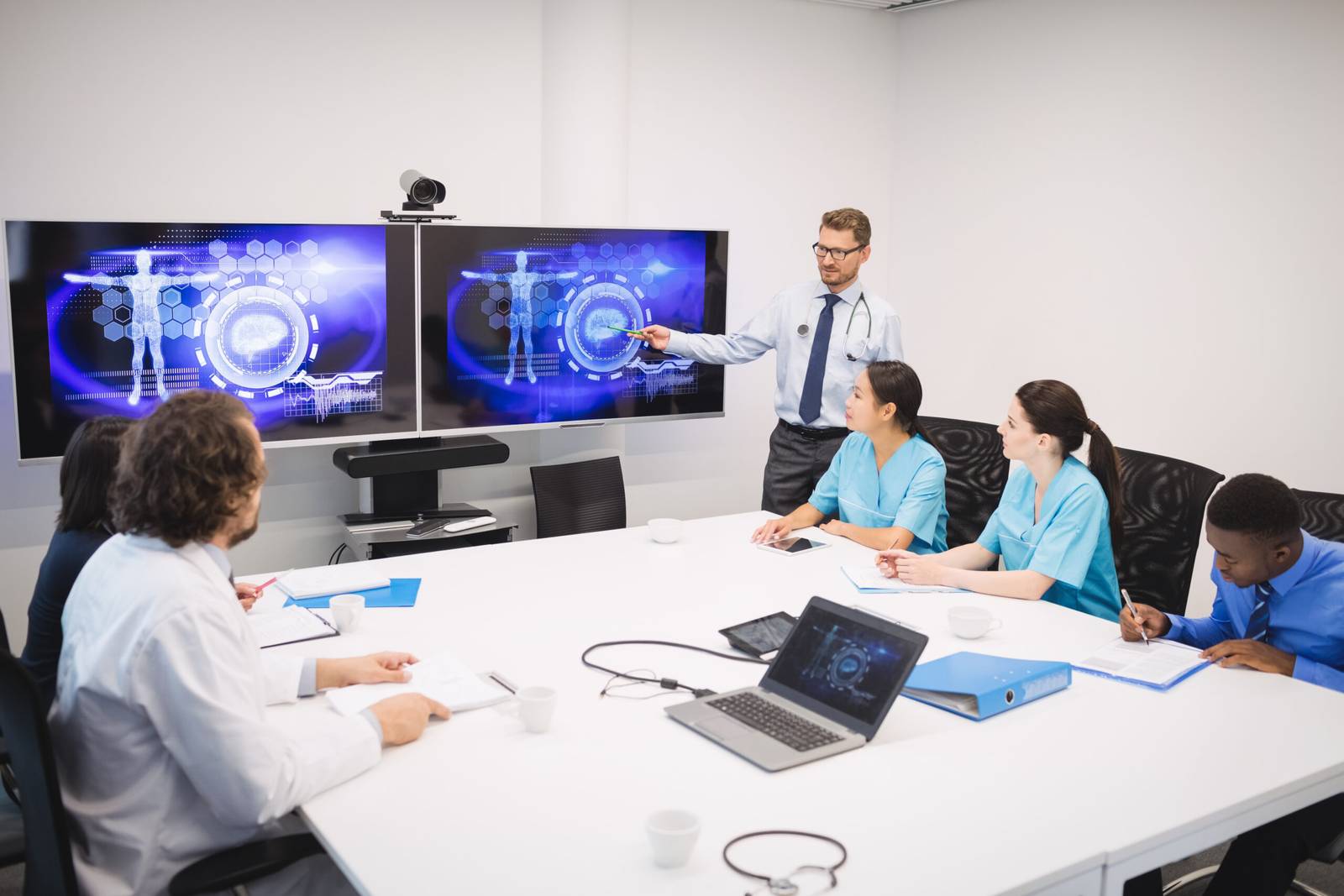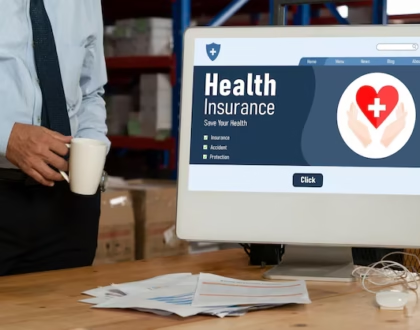Healthcare: Telemedicine and Remote Monitoring

by Web Digital
The healthcare industry is witnessing a significant transformation driven by technological advancements. Two key components of this transformation are telemedicine and remote monitoring. These technologies have revolutionized patient care by enhancing access to medical services and enabling continuous health monitoring from the comfort of one’s home. In this article, we will explore the evolution, impact, and future potential of telemedicine and remote monitoring in healthcare.
I. Telemedicine: A Revolution in Healthcare Delivery
A. What is Telemedicine?
Telemedicine refers to the remote delivery of healthcare services using telecommunication technologies. Telemedicine has expanded access for individuals in remote or underserved areas, improved healthcare delivery efficiency, and played a crucial role in managing healthcare during the COVID-19 pandemic.
B. Evolution and Adoption
Telemedicine has a history dating back to the 1960s when it was used for radiology and pathology consultations. However, its widespread adoption was limited by technological constraints and regulations. Over the last decade, advancements in digital communication, EHR (Electronic Health Record) integration, and changing regulations have paved the way for telemedicine’s exponential growth.
C. Advantages of Telemedicine
Enhanced Access to Care: Telemedicine breaks down geographical barriers, providing patients with access to specialists and healthcare services that may not be available in their region.
Cost-Effective: Telemedicine often results in lower healthcare costs due to reduced overhead, travel expenses, and administrative expenses.
Continuity of Care: Telemedicine enables consistent and ongoing care for chronic conditions, reducing the risk of complications.
Immediate Consultation: Telemedicine allows for prompt consultation in urgent situations, improving treatment outcomes.
II. Remote Monitoring: Continuous Oversight
A. What is Remote Monitoring?
Remote monitoring involves the use of medical devices and technology to collect and transmit patient data to healthcare providers from a distance. These devices can monitor various vital signs, such as blood pressure, heart rate, glucose levels, and more. Remote monitoring enhances the management of chronic conditions and allows healthcare providers to make timely interventions based on real-time data.
B. Evolution and Adoption
Remote monitoring has evolved significantly with the advent of wearable devices, smart sensors, and mobile applications. These technologies have made it easier for patients to track their health, and healthcare providers to monitor patients’ conditions remotely. Chronic disease management, post-operative care, and elderly care are just a few areas that have benefitted from remote monitoring.
C. Advantages of Remote Monitoring
Early Detection of Health Issues: Continuous monitoring allows for the early detection of health problems, enabling timely interventions and preventing hospitalizations.
Empowering Patients: Patients become more engaged in their healthcare as they can monitor and track their own health data, fostering better self-management.
Improved Patient-Provider Communication: Remote monitoring promotes regular communication between patients and healthcare providers, facilitating adjustments in treatment plans.
Reducing Healthcare Costs: By preventing complications and hospitalizations, remote monitoring can significantly reduce medical costs.
Better Quality of Life: Patients experience a better quality of life with chronic conditions, as they have more control over their health and can avoid unnecessary healthcare visits.
III. The Intersection of Telemedicine and Remote Monitoring
A. Synergy between Telemedicine and Remote Monitoring
Telemedicine and remote monitoring are often used together to provide a holistic approach to hospitals. Patients can conduct regular check-ins with their healthcare providers through telemedicine platforms, and their vital signs and health data are transmitted in real-time for continuous monitoring. This combination enhances the management of chronic conditions and post-operative care.
B. Impact on Healthcare Delivery
The integration of telemedicine and remote monitoring has transformed the healthcare delivery model. It has shifted the focus from episodic care to continuous care, emphasizing prevention and early intervention. This approach benefits both patients and providers by improving patient outcomes and reducing healthcare costs.
IV. Challenges and Concerns
A. Data Privacy and Security
The transmission and storage of healthcare data through telemedicine and remote monitoring platforms raise concerns about data privacy and security. Protecting patient information is essential, and organizations must adhere to strict regulatory standards, such as HIPAA in the United States.
B. Access and Equity
While telemedicine and remote monitoring have expanded access to healthcare for many, disparities persist. Individuals in rural or underserved areas may still lack the necessary internet connectivity or digital devices to fully benefit from these technologies. Ensuring equitable access is an ongoing challenge.
C. Regulatory and Reimbursement Challenges
The regulatory landscape for telemedicine and remote monitoring is continuously evolving. Reimbursement policies and licensing requirements can vary by region, making it complex for healthcare providers to navigate. Harmonizing these regulations is necessary for the widespread adoption of these technologies.
V. The Future of Telemedicine and Remote Monitoring
A. Artificial Intelligence and Predictive Analytics
The integration of artificial intelligence (AI) and predictive analytics will play a significant role in the future of telemedicine and remote monitoring. AI can analyze large datasets of patient information, identify trends, and predict health issues before they become severe. This proactive approach can revolutionize by preventing disease progression.
B. Wearable and Implantable Devices
Advancements in wearable and implantable devices will continue to expand the capabilities of remote monitoring. These devices can track an array of health metrics and even administer medications. As technology becomes more miniaturized and embedded in everyday life, monitoring will become seamless and less intrusive.
C. Improved Connectivity and Access
Efforts to improve connectivity in underserved areas and provide affordable digital devices will help bridge the digital divide.
Conclusion
Telemedicine and remote monitoring have ushered in a new era of healthcare, characterized by enhanced access, patient engagement, and continuous monitoring. These technologies have the potential to improve patient outcomes, reduce costs, and shift the focus from treatment to prevention. As the healthcare industry continues to embrace these innovations, the future promises more advanced AI-driven solutions, improved connectivity, and patient-centric care, ultimately revolutionizing how healthcare is delivered and experienced.
Recommended Posts

Healthcare Marketing in Whitby: Building Trust Online
December 3, 2024

Oakville’s Wellness Scene: Yoga, Fitness, and Spa Retreats
October 16, 2024

Healthy Living in Oakville: Tips for a Balanced Lifestyle
October 16, 2024
